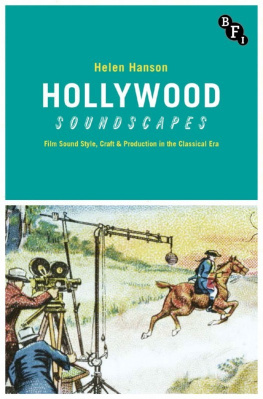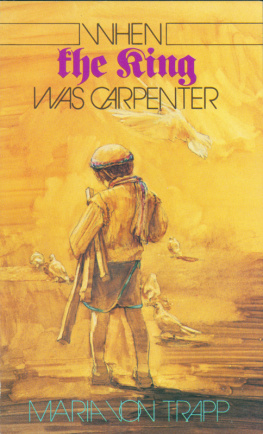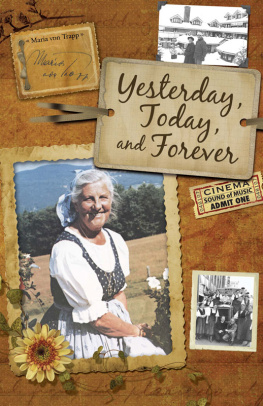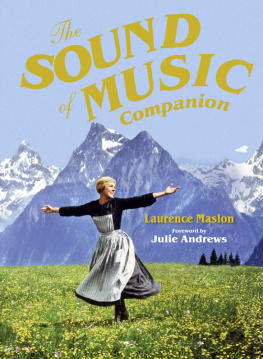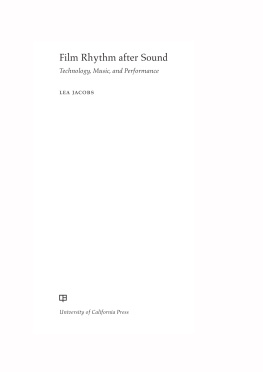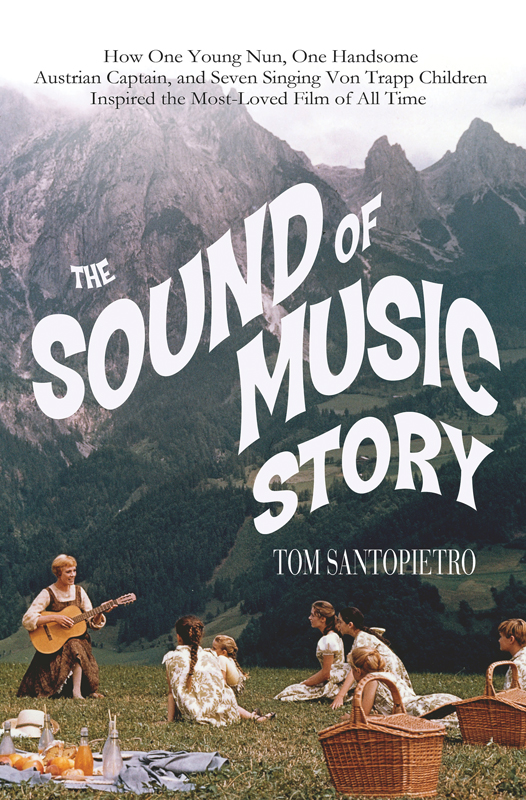Contents
Guide
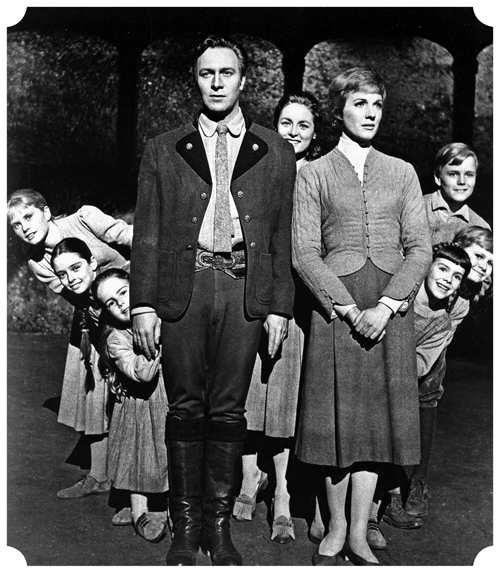

The author and publisher have provided this e-book to you for your personal use only. You may not make this e-book publicly available in any way. Copyright infringement is against the law. If you believe the copy of this e-book you are reading infringes on the authors copyright, please notify the publisher at:
us.macmillanusa.com/piracy.
For Don and Anne Albino
and
S.B.
I guess we did do something rather good.
JULIE ANDREWS TO CHRISTOPHER PLUMMER IN JULIE ANDREWS AND CHRISTOPHER PLUMMERA REMINISCENCE
June 4, 1964: Julie Andrews was freezing. If this was spring weather in the Alps, what was it like in February?
With the sun rarely bothering to appear, weather continued to run roughshod over location shooting on The Sound of Music, and the unceasing rain had left one very small, unpaved road as the only way anyone could reach Mehlweg in southern Bavaria for the filming of the movies title song. Which was precisely why the cold but ever-cooperative Andrews found herself arriving at the scenic meadow location by means of a decidedly unglamorous jeep.
Problems with the jeep, however, paled in comparison to the logistics involved with the rental of the helicopter that would swoop down to film Andrews as she launched into the world famous title song. Helicopter rentals were expensivevery expensiveand with the 20th Century-Fox front office firing off memos to director/producer Robert Wise to rein in the overbudget, much delayed filming, even the perpetually calm director felt the strain of completing the elaborate sequence. With only the first half of the number requiring the use of the helicopter, as soon as the shot was captured, the pilot would instantly fly to Obersalzburg for the filming of the movies finale: the von Trapp familys escape over the Alps into Switzerland. There was no money for even one more days helicopter rental.
The ever professional Andrews, a seasoned showbiz veteran at a mere twenty-eight, took an extra moment to prepare herself for the carefully staged rendering of the title song. This was no ordinary musical number, no song-and-dance routine laid down in the carefully controlled confines of the studio. Instead, in order to convey the sense of open-air freedom envisioned by Wise and screenwriter Ernest Lehman, a helicopter with storyboard artist Maurice Zuberano onboard would swoop in to film Andrews as she began her lilting vocal. With the helicopter weighed down by bulky equipment and cameraman Paul Beeson strapped precariously onto the side of the craft, the shot would prove difficult in executionand potentially thrilling.
Wise and cinematographer Ted McCord knew that this opening not only had to look right, but would also establish the musical vocabulary for the entire film. If viewers did not accept the convention of Maria singing to herself while alone in the mountains, what would they ever make of a ten-minute montage set to the childlike Do-Re-Mi?
Wise had spent hours considering countless possible camera movements for this opening, only to discard every last one of them in favor of an overhead shot. Still, he hesitated. It would read onscreen just like the start of his own Academy Awardwinning West Side Story, which began with a swooping camera that picked up dancers silhouetted against the New York City landscape. Well, the director figured, maybe it wasnt original, but at least he was stealing from himself.
McCord would be photographing the AlpsGods countryand the scene cried out for an omniscient, all seeing, from-the-sky approach, which is why the sixty-year-old Wise found himself perched halfway up a tree, waiting for the precise combination of light and wind speed that would allow Andrews to burst forth spinning into the title song.
But first, the shot had to be lined up and framed. There couldnt be the hint of another human being in sight: postulant Maria Rainer, momentarily freed from the stifling abbey, was singing precisely because she was basking in glorious solitude with nature. Andrewss slight figure would land smack in the middle of the frame, a speck against the wide open spaces until the helicopter zoomed in closer, still closer, and then
From his perch halfway up the tree, Wise called out:
Ready? Roll camera.
Camera operator, soundman, and loader replied:
Roll Camera.
Speed.
Scene one, Take one.
After the slate was clapped directly in front of the lens, Robert Wise paused momentarily and then commanded:
Action!
All eyes swiveled toward Julie Andrews. And waited. Until everyone realized that Julie could not hear any of that traditional start-of-scene checklist over the noise of the approaching helicopter.
Time to regroup. Choreographer Marc Breaux would now bellow Go! into his bullhorn, Andrews would charge forward, walking quickly in time to the music until at exactly the right moment shed lean into her opening hillside twirl.
Ready?
Camera running up to speed, scene slated, and once again: Action!
Andrews strode purposefully across the meadow, throwing herself into a full-bodied twirl, arms outstretched as if to embrace the entire world, and launched into the films opening words: The hills are alive
Gone was the songs introductory verse beginning with the pensive My day in the hills has come to an end, I know. Instead, bam! Right into the chorusand right into Rodgers and Hammersteins uncanny mix of music and faith. The song continued, and thirty seconds later there was Julie wanting to sing through the nightlike a lark who is learning to pray. Uh-oh, a praying bird? Was this all going to be too saccharine? Maybebut thanks to St. Augustine, wasnt one of the von Trapp family sayings When you sing, you pray twice?
But for now there was trouble. Big trouble. And not with Andrewss performance. No matter the take, she lipsynched with pinpoint accuracy to her prerecorded vocal. The problem lay with the helicopter. With the nominal camera operator refusing to hang out of the plane, British cinematographer Paul Beeson assisted Wise and McCord by operating the camera himself while strapped to the side of the craft, the only way to capture the sought-after shot of Julie Andrews skimming along the meadow without the shadow of the craft falling on the ground. But each time the craft circled back to its starting position for another take, the force of the crafts downdraft proved so strong that Andrews found herself knocked over, sprawled in the grass while trying to avoid the mud. Pulling grass out of her hair and off her costume, makeup adjusted yet again, she would stride, twirl, sing, and once more find herself on the ground. Having been knocked down on fully half of the ten takes, even the placid Andrews finally got so angry I yelled Thats enough! Yell she did, but even Ethel Merman herself couldnt have been heard over the sound of the helicopter, and the pilot interpreted his stars hand signals asking him to please make a wider turn as a thumbs-up gesture of Youre doing greatlets go for one more. Was this any way to begin a multimillion-dollar musical? As it turned out, yes. And then some.
Wise, McCord, and Lehman had, in tandem with musical maestro/associate producer Saul Chaplin and co-choreographers Marc Breaux and Dee Dee Wood, worked to finesse every last phrase of this song, yet here they were, in the third month of shooting, and one question still lay over the entire enterprise: could any of this really work? Would people buy a nun bursting into songand in the opening shots of an eight-million-dollar widescreen Todd-AO, stereophonic sound production no less? People expected reality from their movies now. Foreign films and the marked relaxation of production code taboos had changed the very nature of moviegoing. Religious pictures were no longer in vogue and musicals had fallen out of favor; how was any of this going to be received?



